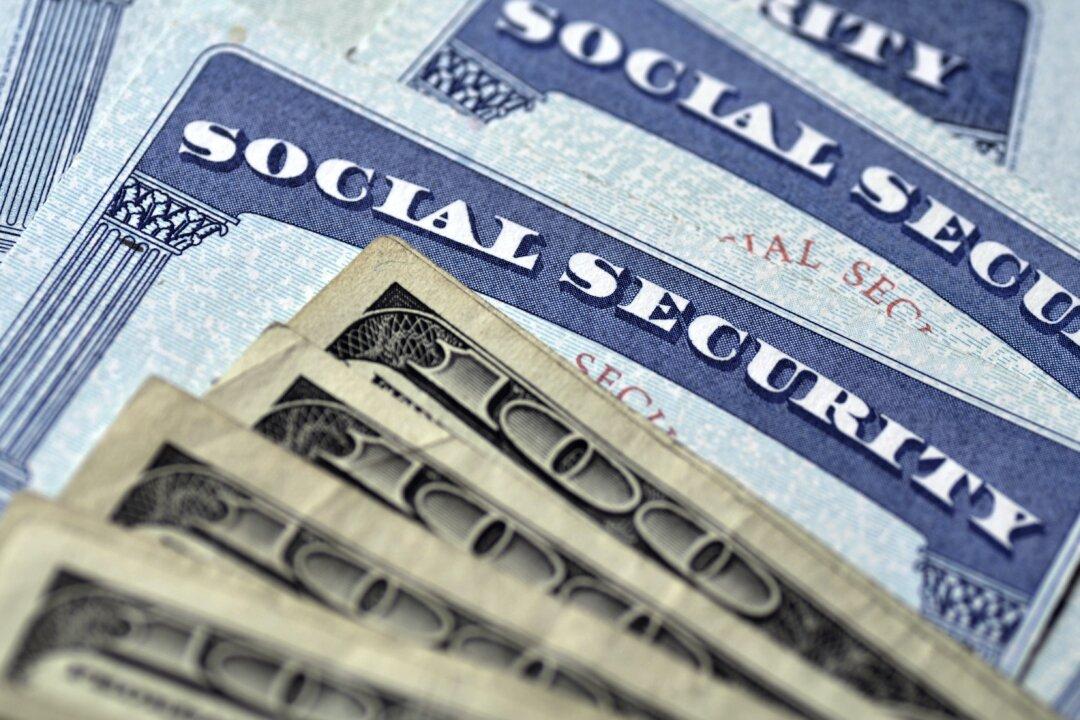News Analysis
As Americans reach the age of retirement, the majority of them will come to depend on the Social Security trust fund benefits they’ve been investing in from the first day the taxes were taken out of their first paycheck.

As Americans reach the age of retirement, the majority of them will come to depend on the Social Security trust fund benefits they’ve been investing in from the first day the taxes were taken out of their first paycheck.